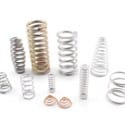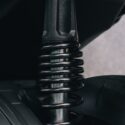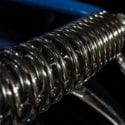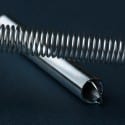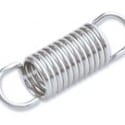Medical device manufacturing is a vital industry that plays a significant role in our healthcare system. The sector develops and provides a diverse array of medical products for use in a wide range of applications, be it medical stylets and pacemakers or X-ray and MRI machines. As an industry, the manufacturing of medical devices can… Read more »
What is Medical Device Manufacturing?


